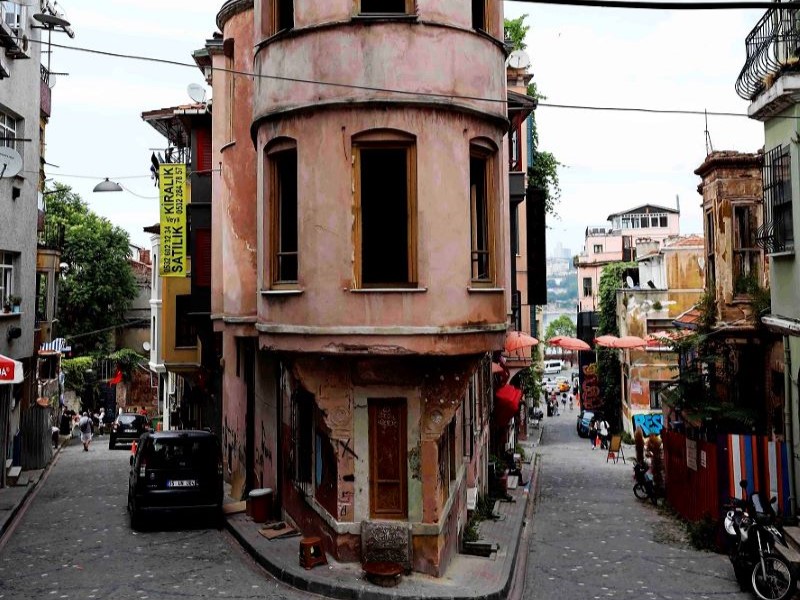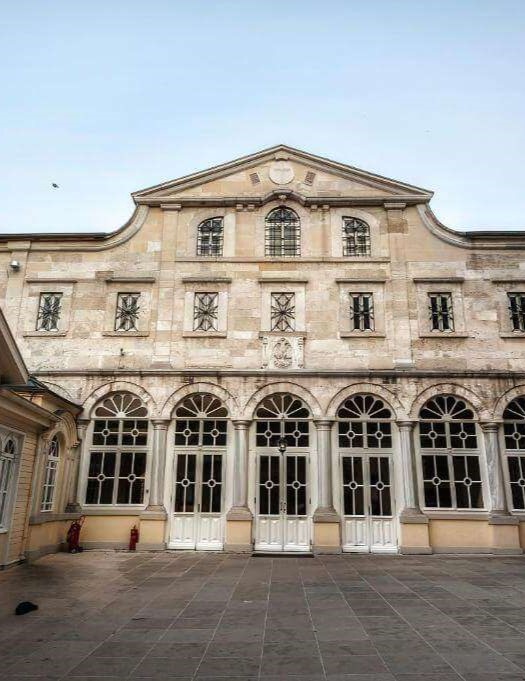which was a hidden neighbourhood in the Historic Peninsula in the past, has become a centre of attraction with the transformation it has undergone over time, is now a production house for artists and craftsmen... In addition to being remembered with its colourful bay window houses; it draws attention with its glass and ceramic workshops, coffee shops, vintage & retro souvenir shops and auctions that appeal to collectors.

which hides the key to a historical journey in time with its mystical atmosphere, still preserves its originality with the habitat it has created. Balat, where cultural diversity is experienced at its peak, is the new centre of art and production on one side and a ghetto neighbourhood on the other

